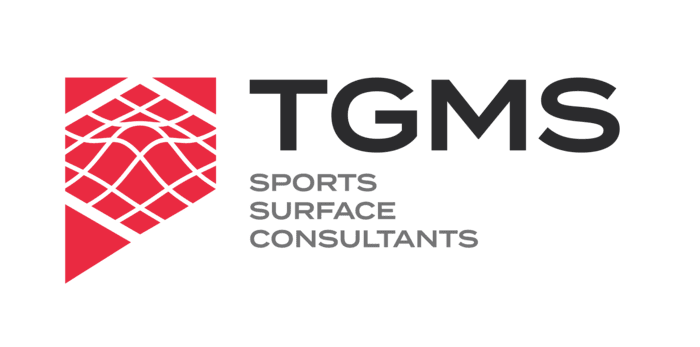FAQ
Possibly, depending on the circumstances of the Football Club and its location. In England, The Football Foundation run a variety of schemes for upgrading or constructing football pitches including both natural turf and synthetic or artificial surfaces. In Scotland, Sport Scotland run the Sports Facilities Fund, whilst in Wales the Welsh Sports Association operate a number of funding schemes to upgrade sports facilities.
With respect to the Football Foundation, there is usually a requirement to undertake some form of feasibility study in order to identify the scope and likely cost of the work required to upgrade or construct a football pitch. This should be undertaken by a competent individual or organisation with expertise in sports pitch construction. TGMS Limited meets the technical criteria for such work and further details concerning our services can be found here.
For more information feel free to phone us on 01772 297830 or email via our online contact system
It is difficult to predict with any accuracy the likely number of hours a natural turf pitch can support as this depends on local weather conditions, schedule of use, age of participants and the quality of the ongoing maintenance, however Sport England considers the following to represent a reasonable estimation (Ref: Natural Turf for Sport, 2000, ISBN 1 86078 103 9 – 2nd Edition, 2011) (Table 1):
Table 1. Estimated usage levels.
|
Drainage status |
Adult weekly use* (hours) |
|
Undrained |
Under 2 |
|
Pipe-drained |
2 – 3 |
|
Pipe-drained with mole drains |
2 – 4 |
|
Pipe-drained with sand grooves |
3 – 6 |
|
Pipe-drained with slit drains |
3 – 6 |
|
Pipe-drained with topsoil and drainage layer |
3 – 6 |
|
Pipe and slit drained |
3 – 6 |
|
Pipe-drained with suspended water table |
4 – 6 |
*The usage levels shown will increase by ~50 % for players 15 years of age and under.
For more information feel free to phone us on 01772 297830 or email via our online contact system
The most appropriate way of draining a pitch will depend on a range of factors such as soil type, water-table depth and available budgets, and so it is recommended that advice is sought from a competent natural turf pitch consultant.
A summary of the range of options available, and the associated advantages, disadvantages and costs involved is provided in Table 1 of Sport England’s Design Guidance Note entitled ‘Natural Turf for Sport’ (Page 27) which can be downloaded using the following link:
https://www.sportengland.org/media/4564/natural-turf-for-sport.pdf
For more information feel free to phone us on 01772 297830 or email via our online contact system
Sport England has developed Budget Cost sheets for a range of typical playing field projects. These can be downloaded using the following link:
https://www.sportengland.org/facilities-planning/design-and-cost-guidance/cost-guidance/
With respect to resources required, a summary is provided in Appendix 5 of Sport England’s Design Guidance Note entitled ‘Natural Turf for Sport’ (Page 51) which can be downloaded using the following link:
https://www.sportengland.org/media/4564/natural-turf-for-sport.pdf
For more information feel free to phone us on 01772 297830 or email via our online contact system
The return to play following pitch construction varies depending on the nature of the construction works, when the works are carried (i.e. spring, summer or autumn) and climatic conditions that prevail during the ‘growing-in’ period.
For winter games pitches, if works are carried out in the spring and strong grass development is achieved, it may be possible to commence play in the autumn but this cannot be guaranteed. For pitches sown in the autumn (e.g. September), play may not be possible until the following autumn.
Cricket pitches generally take longer to establish and so it may be necessary to relocate for one or even two seasons.
For more information feel free to phone us on 01772 297830 or email via our online contact system
With respect to pitch orientation, Sport England has published guidance on optimum pitch orientation for a range of sports (Figure 1). For winter games pitches, the limits of orientation are 285o and 20o, and for grass court tennis the limits are 325o and 45o.

Figure 1. Optimum pitch orientation (Sport England).
These situations will always be a compromise but consideration should be given to the following:
-
Ensure that the area used for football is well-drained to reduce damage to the playing surface. This will allow the transition to a cricket outfield to be achieved with the minimum of renovations work at the end of the football season.
-
Where practical, arrange for the first few matches (both cricket and football) to be played away to provide more time for renovation works.
-
Where possible, arrange the pitch layout such that areas of most wear for football do not coincide with those for cricket. Where sufficient land is available, consider rotating pitch use.
For more information feel free to phone us on 01772 297830 or email via our online contact system
Generally, only Football and Rugby have Natural Grass Pitches illuminated for match play.
Football – Minimum FA Standard for competitive play is 120 LUX Maintained Average Horizontal illumination level at a minimum Uniformity of 0.25 (Emin/Emax).
Rugby – RFU Standard for competitive play is 200 LUX Maintained Average Horizontal illumination level at a minimum Uniformity of 0.60 (Emin/Eave).
Hockey – it is not recommended to play competitive games on Natural Grass pitches under lights (only on Artificial pitches; the minimum requirement for these is 350 LUX Maintained Average Horizontal illumination level at a minimum Uniformity of 0.70 (Emin/Eave)
Bowling Greens – are occasionally illuminated to 200 LUX Maintained Average Horizontal illumination level at a minimum Uniformity of 0.60 (Emin/Eave).
BS EN 12193 Light and lighting; Sports Lighting is the European standard that deals with sports lighting to ensure good visual conditions for players, athletes, referees, spectators and CTV transmission. This pdf provides a selection of recommended lighting levels for principal sports in accordance with EN 12193:2007.
For dimensions
click here to open a PDF.

